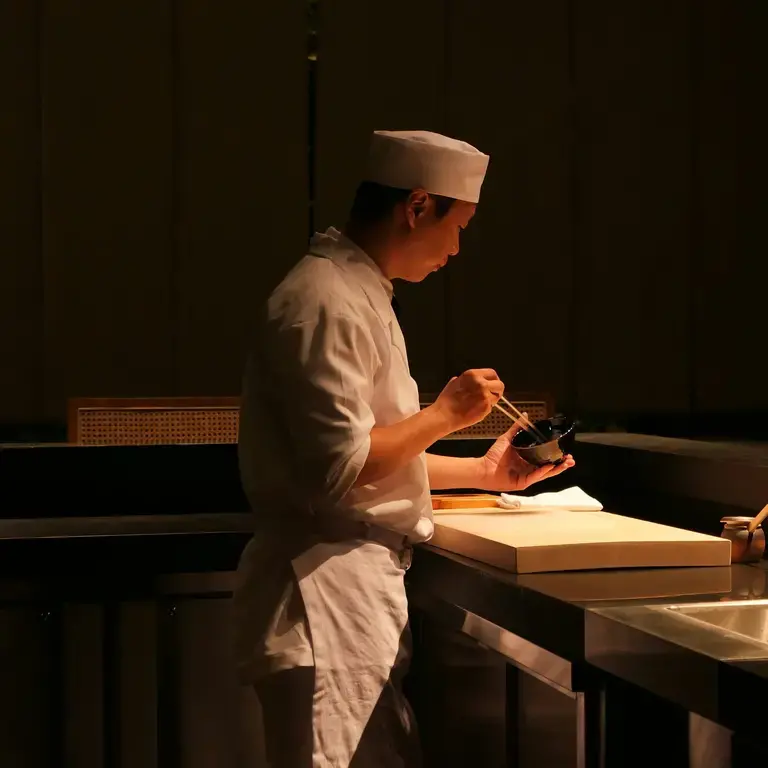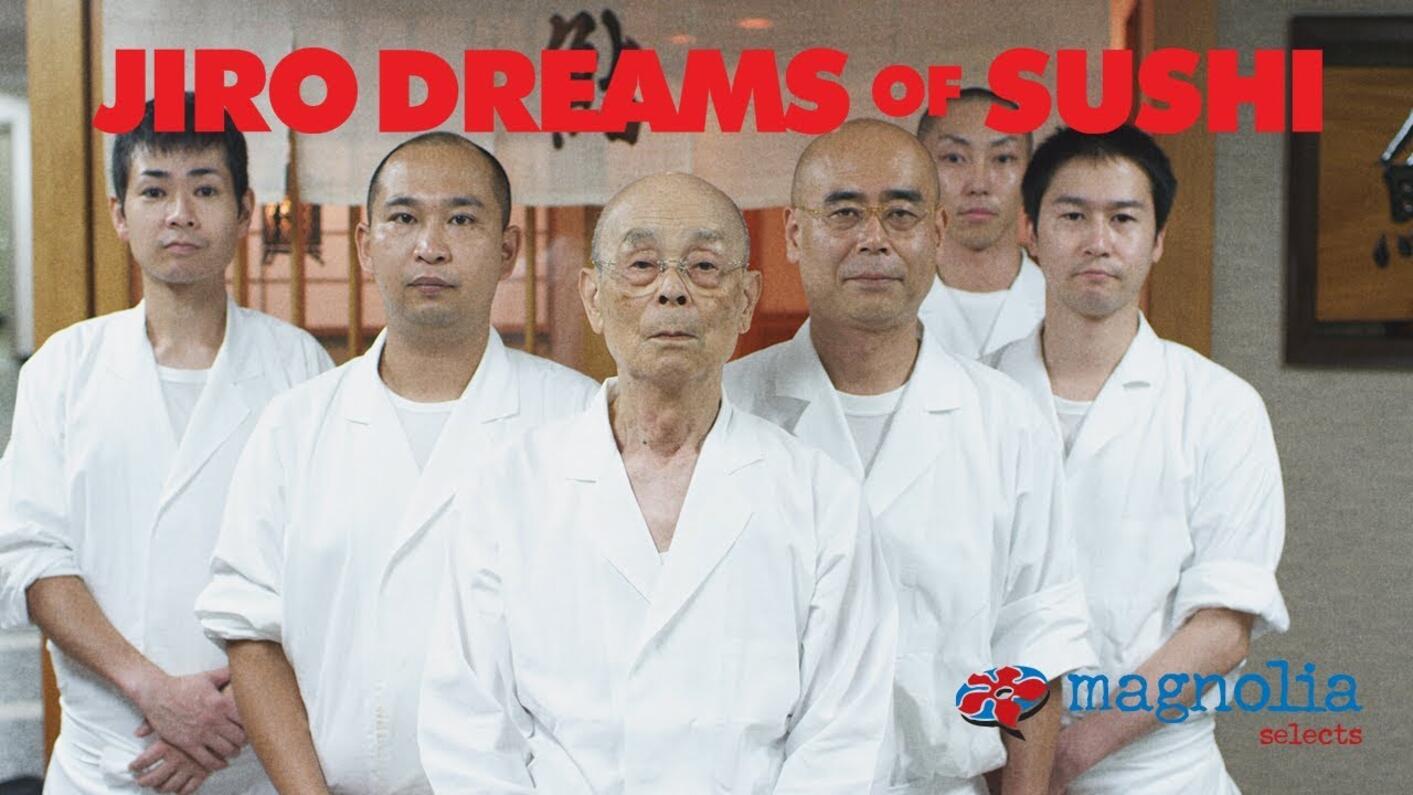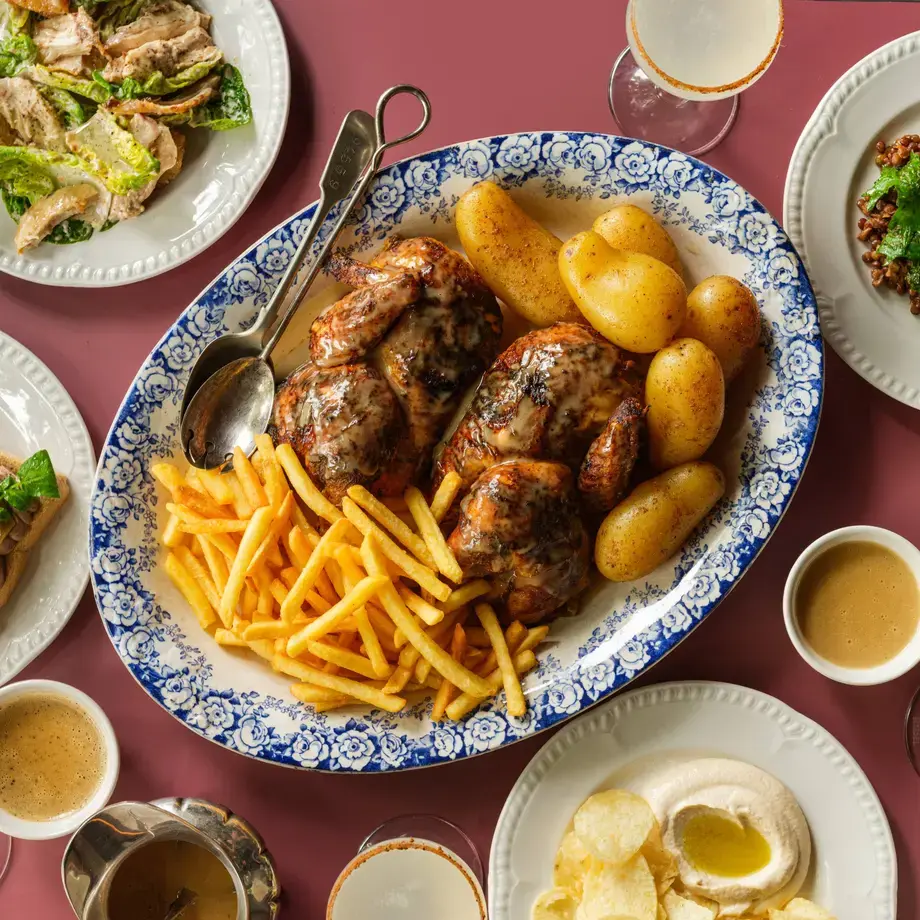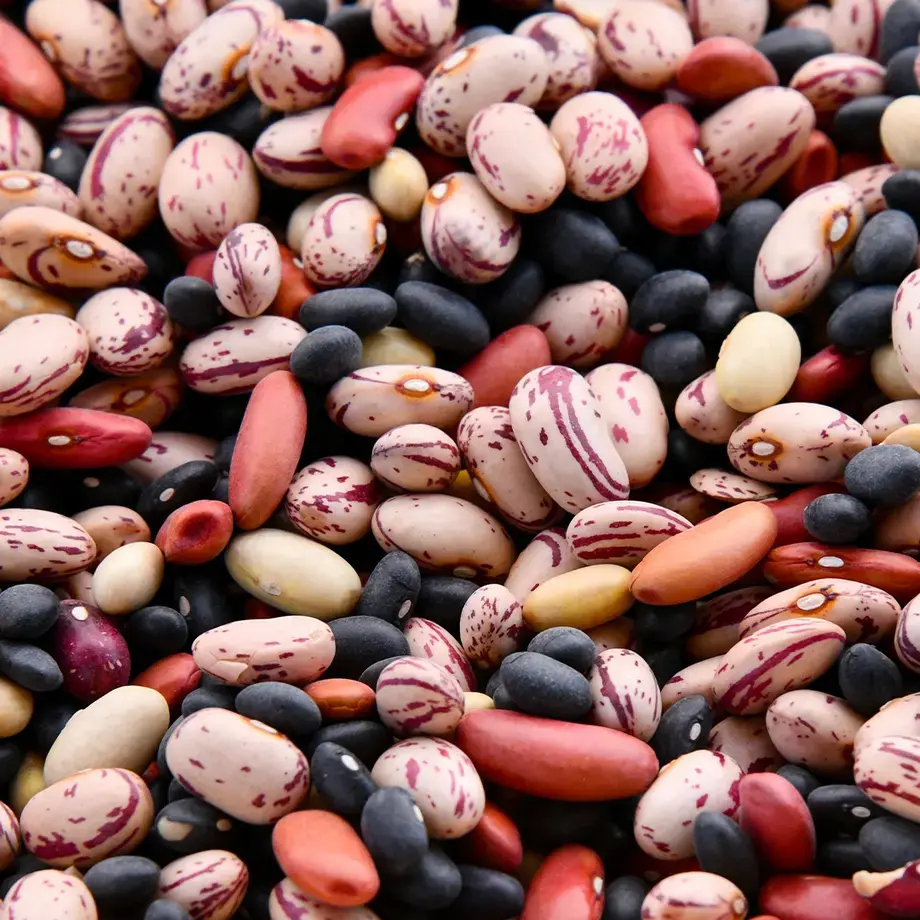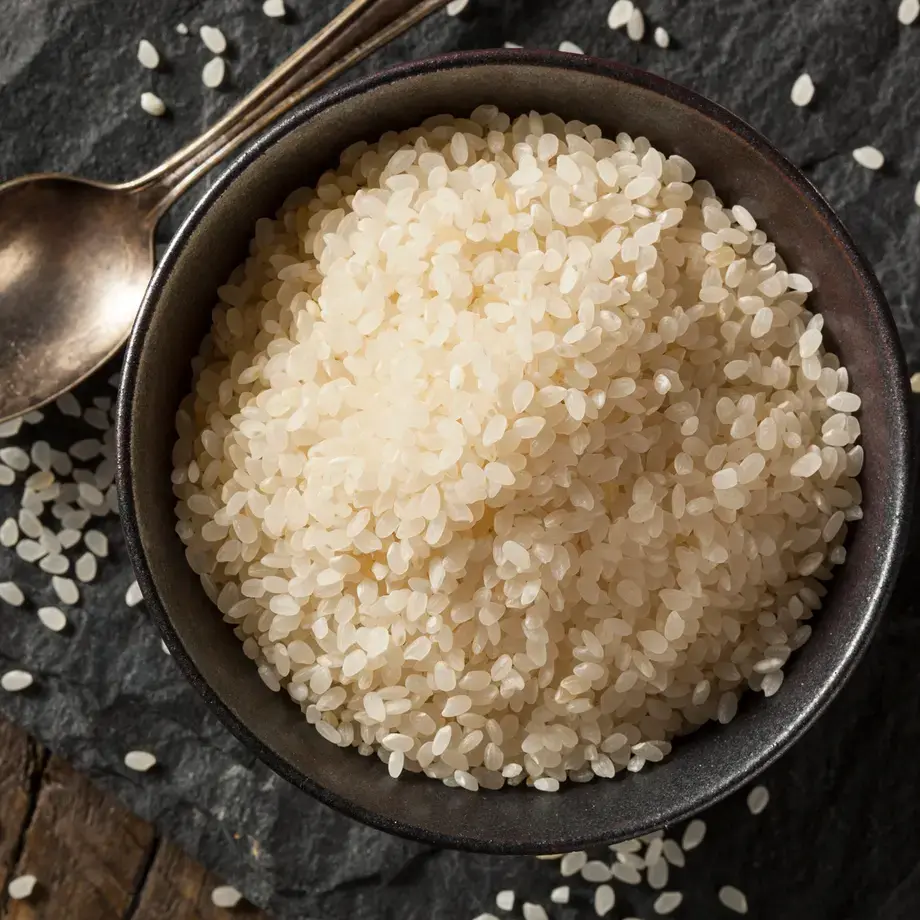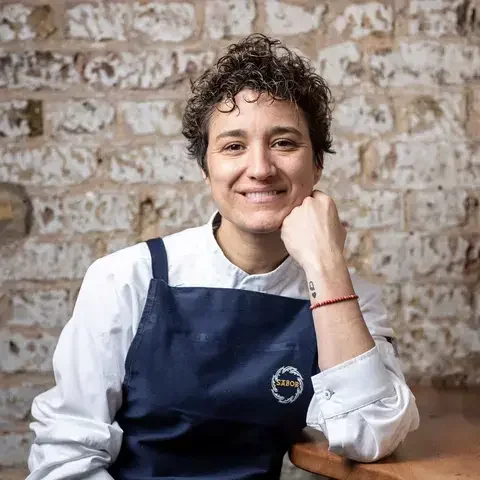You may have heard the terms omakase and kaiseki talked about in a culinary context but do you know exactly what they mean and how they differ, beyond that they are linked to Japanese cuisine?
This article will help you understand both these Japanese culinary terms, the differences between them and where you can enjoy omakase and kaiseki experiences.
What is omakase?
Omakase, which means “I leave it up to you” in Japanese, is a culinary experience whereby traditionally a small number of diners are seated around a sushi counter, while the sushi chef crafts dishes including nigiri based on seasonal ingredients adapting what is served in real time based on your preferences, mood and engagement with the experience. It’s an interaction between guests and the chef, a very personal and coveted experience, and often high-end (think Jiro Dreams of Sushi as perhaps the ultimate sushi omakase).
In recent years, the sushi omakase experience has spread around the world, becoming a huge trend, again tending to be very high-end, and moving beyond sushi into other culinary experiences such as live fire omakase (for example at Spanish chef Dani García’s Smoked Room concept in Madrid and Dubai) and pizza, with the proliferation of by the slice pizza tasting menus. What is defined as omakase has also broadened out beyond counter dining – an omakase experience can be enjoyed by a whole restaurant. Omakase has now become a broader term to describe a dynamic chef’s tasting menu.
We recommend trying sushi omakase at Endo at the Rotunda in London.
